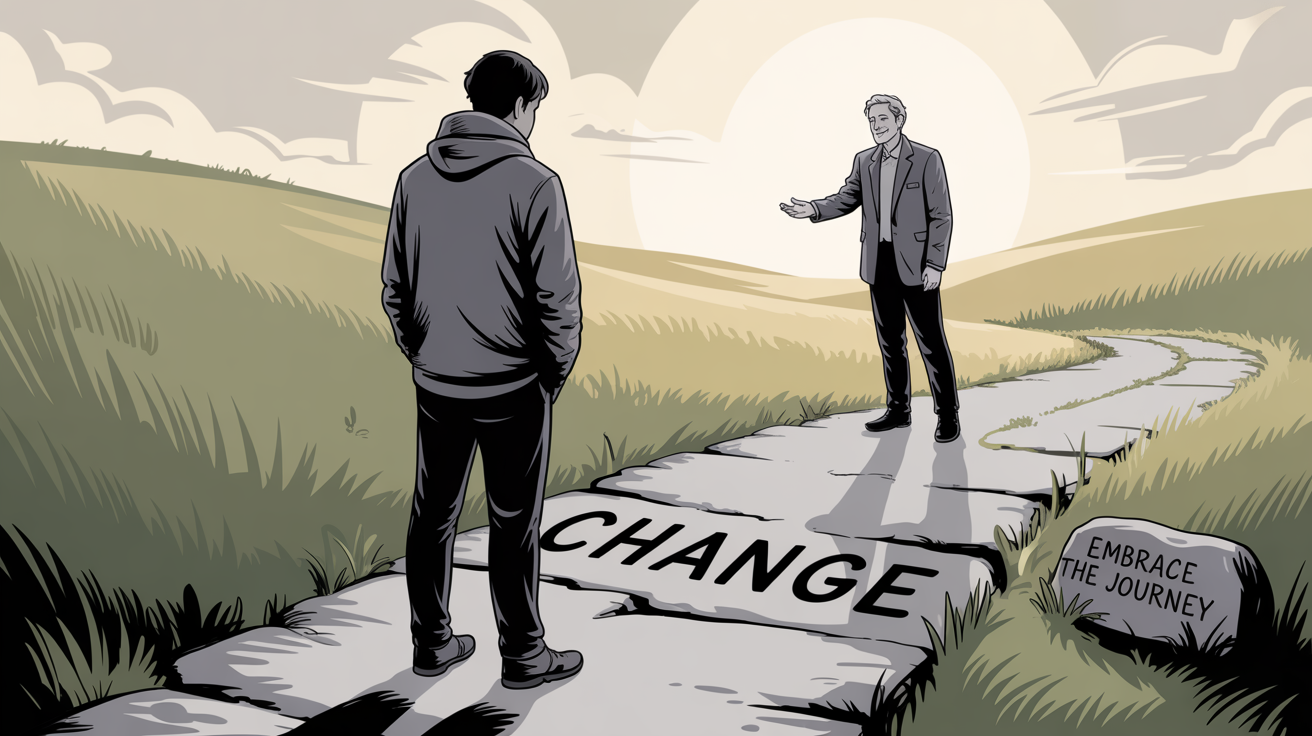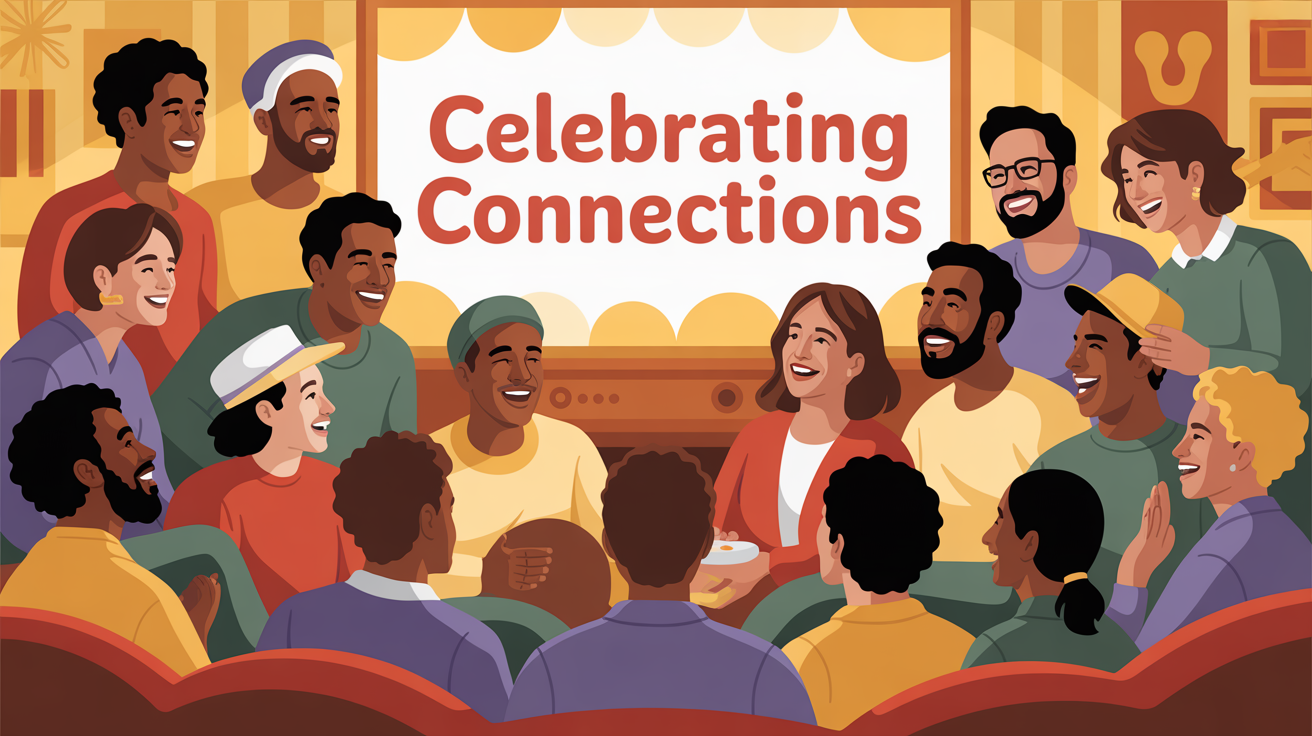In any conversation, we bring more than just words, we bring our beliefs, biases, and sense of self. One powerful force that can shape (and sometimes distort) communication is self-image.
But how exactly does self-image become a psychological barrier? And how is it different from self-esteem? Let’s break it down with simple explanations and relatable examples.
Contents
What is Self-Image?
Self-image is the way you see yourself—physically, mentally, emotionally, and socially. It includes how you think others perceive you too.
- Do you see yourself as smart or average?
- Confident or awkward?
- Worthy or insecure?
These internal perceptions influence how you communicate, how you interpret messages, and even how you respond to others.
How Self-Image Becomes a Psychological Barrier
When your self-image is fragile or negative, it can act like a mental filter. Here’s how it creates communication problems:
- You interpret messages in a way that protects your ego
- You ignore or reject information that threatens your self-view
- You practice selective listening, hearing only what makes you feel good
- You may distort messages or become defensive during conversations
Real-World Examples of Self-Image as a Communication Barrier
1. Workplace Feedback
An employee with a shaky self-image may perceive constructive criticism as an insult, becoming defensive or emotionally withdrawn instead of seeing it as a growth opportunity.
2. Classroom Participation
A student who views themselves as “not smart enough” may avoid answering questions, fearing they’ll embarrass themselves, even if they know the answer.
3. Social Media Interactions
People often engage only with content that affirms their self-image, ignoring or blocking anything that challenges their beliefs or self-perception.
4. Personal Relationships
Someone with a low self-image might misread neutral comments as rejection, leading to insecurity and constant reassurance-seeking.
🤔 Self-Image vs. Self-Esteem: What’s the Difference?
| Aspect | Self-Image | Self-Esteem |
|---|---|---|
| Definition | How you perceive yourself (and how you think others see you) | How much you value yourself |
| Focus | Based on perception and external feedback | Based on internal worth and self-acceptance |
| Influence | Influenced by feedback, comparison, past experiences | Influenced by confidence, achievements, personal growth |
| Changeability | Flexible; shaped by environment and interactions | More stable; built on deeper self-worth |
| Example | “I think I’m competent, but I’m afraid others don’t see me that way.” | “I know my value, regardless of others’ opinions.” |
Why This Matters in Communication?
- A distorted self-image can cause us to misunderstand others and react in ways that damage relationships.
- It may lead to communication breakdowns, especially in workplaces, classrooms, or close personal settings.
- Improving self-image can lead to healthier, more open communication, empathy, and understanding.
How to Overcome This Barrier
- Practice self-awareness: Notice your triggers. Are you getting defensive?
- Seek constructive feedback: From people you trust—not social media!
- Develop self-acceptance: Accept imperfections. Everyone has them.
- Focus on clarity: Ask questions. Clarify intentions before reacting emotionally.
Summary
Self-image acts as a psychological filter, influencing what we hear, how we respond, and whether we feel safe or threatened in communication. While self-image is about perception, self-esteem is about value—and both play major roles in how effectively we connect with others.
Understanding this difference helps not only in communication but also in mental well-being, academic success, and professional growth.
📌 Want More?
Check out: https://www.viralandbeyondacademy.com/category/communication-and-media-studies/



